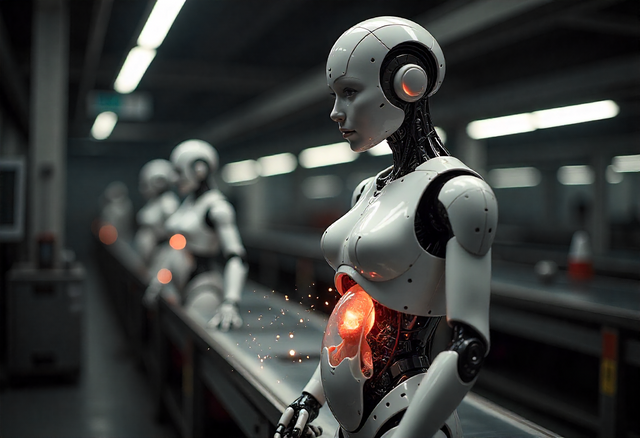The first humanoid with a uterus to gestate Humans
The first humanoid with a uterus to gestate Humans

And if a humanoid could carry a baby from start to finish.
More questions than answers
Follow my publications with the latest in artificial intelligence, robotics and technology.
If you like to read about science, health and how to improve your life with science, I invite you to go to the previous publications.
You want to win, play HARRY-RAID
If you like to read about science, health and how to improve your life with science, I invite you to go to the previous publications.
You want to win, play HARRY-RAID